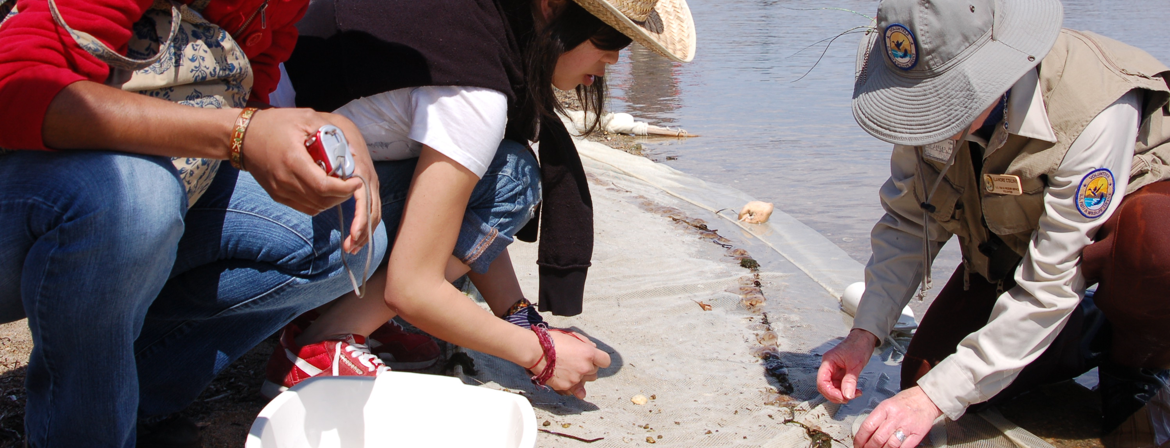A Trend Analysis of Environmentalists' Organizational Commitment, Tactic Advocacy, and Perceptions of Government
Bartell, T. & St. George, A. (1974). A trend analysis of environmentalists' organizational commitment, tactic advocacy, and perceptions of government. Journal of Voluntary Action Research, 3, 3-4, 41-46.
McDonald's Waste Reduction Task Force
Environmental Knowledge and Recycling Behavior as a Function of Attitudes and Personality Characteristics
Arbuthnot, J. Environmental knowledge and recycling behavior as a fuction of attitudes and personality characteristics. Vol. 1. 1974. 119-121.
From Intentions to Behavior: Implementation Intention, Commitment and Conscientiousness
Ajzen, I., Czasch, C., & Flood, M.G. (2009). From intentions to behavior: Implementation intention, commitment, and conscientiousness. Journal of Applied Social Psychology, 39(6), 1356-1372
Using Cognitive Dissonance to Encourage Water Conservation
Dickerson CA, Thibodeau, R., Aronson, E., Miller, D. (1992). Using Cognitive Dissonance to Encourage Water Conservation. Journal of Applied Social Psychology 22 (11), 841854.
Commitment, Behavior, and Attitude Change: An Analysis of Voluntary Recycling. Special Issue: Green Psychology
Werner, C. M., Turner, J., Shipman, K., Twitchell, F. S., et al. (1995). Commitment, behavior, and attitude change: An analysis of voluntary recycling. Special Issue: Green psychology. Journal of Environmental Psychology, 15, 3, 197-208.
Commitment of Farmers to Environmental protection: From Social Pressure to Environmental Conscience
Michel-Guillou, E., & Moser, G. (2006). Commitment of farmers to environmental protection: From social pressure to environmental conscience. Journal of Environmental Psychology, 26(3), 227-235.
Aligning Identities, Emotions, and Beliefs to Create Commitment to Sustainable Social and Political Action
Thomas, E.F., McGarty, C., Mavor, K.I. (2009). Aligning identities, emotions, and beliefs to create commitment to sustainable social and political action. Personality and Social Psychology Review, 13(3), 194-218.
When Manipulation Backfires: The Effects of Time-Delay and Requester on the Foot-In-The-Door Technique
Chartrand, T., Pinckert, S., & Burger, J. M. (1999). When manipulation backfires: The effects of time delay and requester on the foot-in-the-door technique. Journal of Applied Social Psychology, 29, 211-221.
Fund-Raising on the Web: The Effect of an Electronic Foot-in-the-Door on Donation
Gueguen, N., & Jacob, C. (2001). Fund-raising on the web: The effect of an electronic foot-in-the-door on donation. CyberPsychology & Behavior, 4(6), 705-709.



